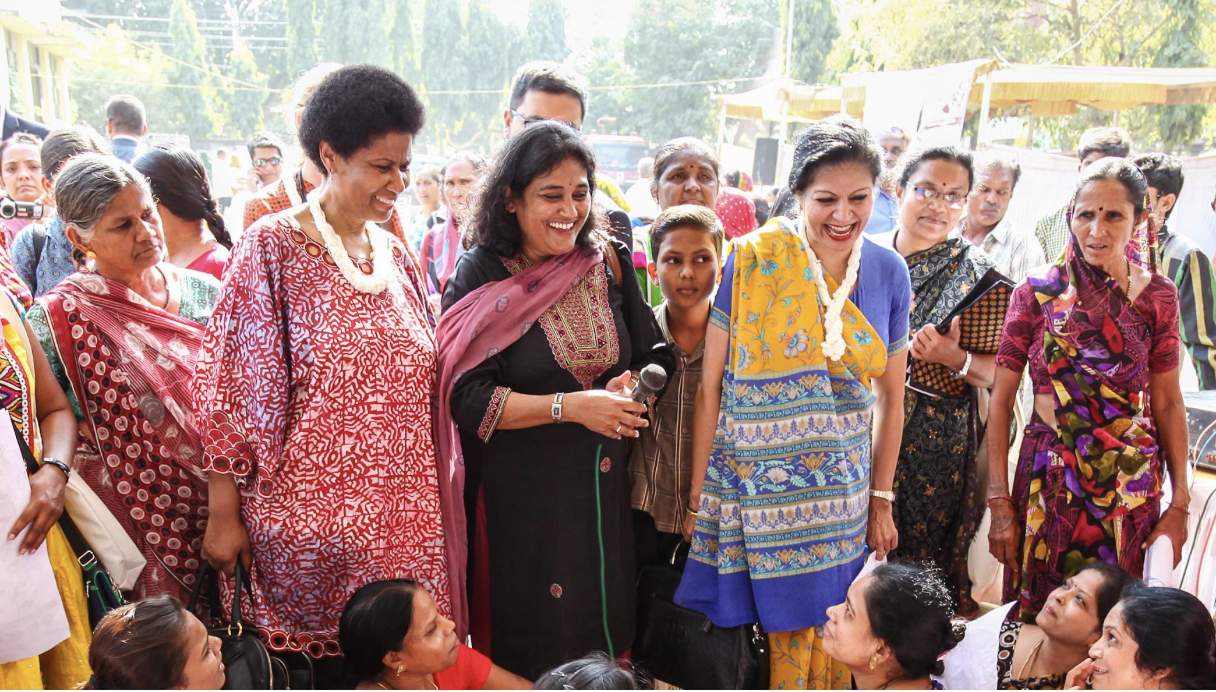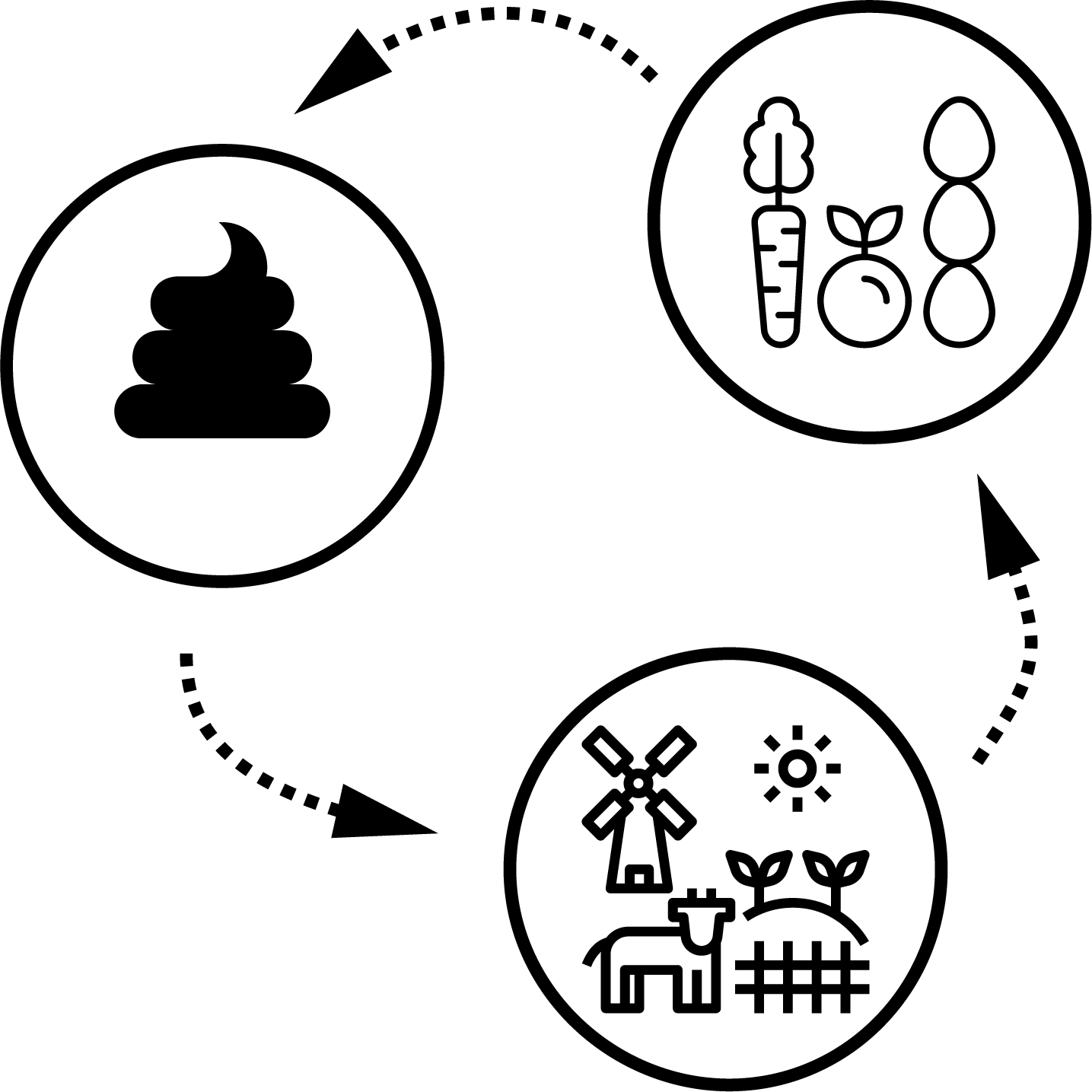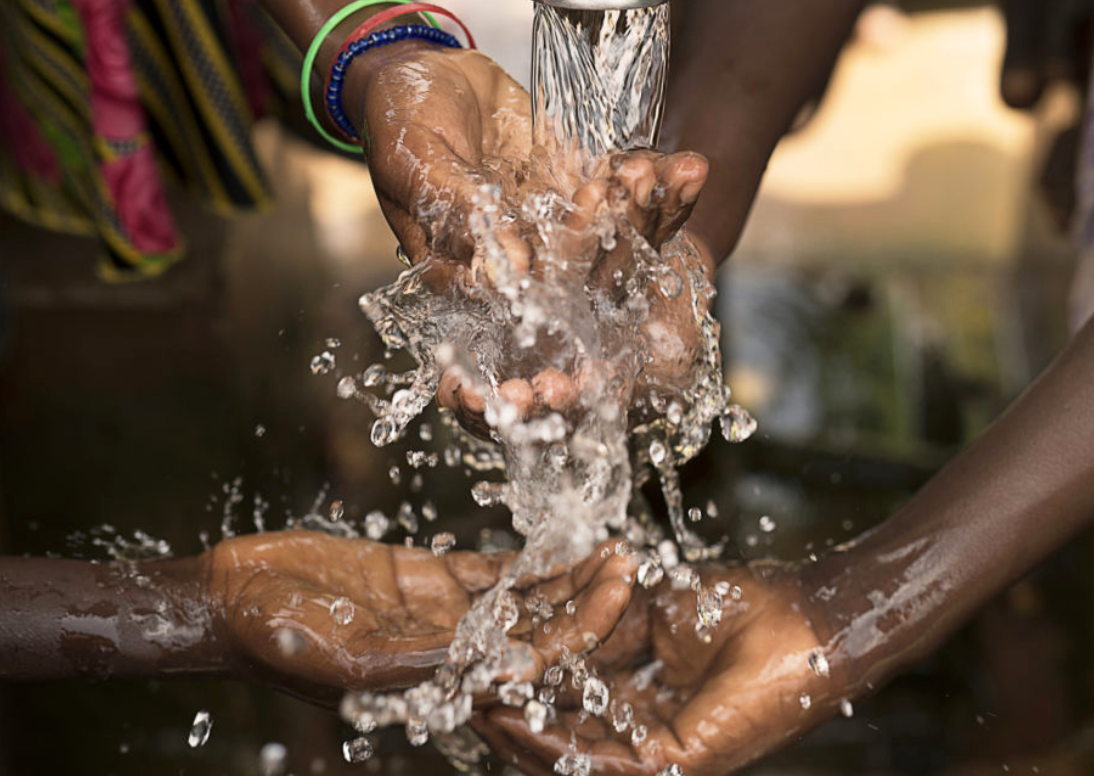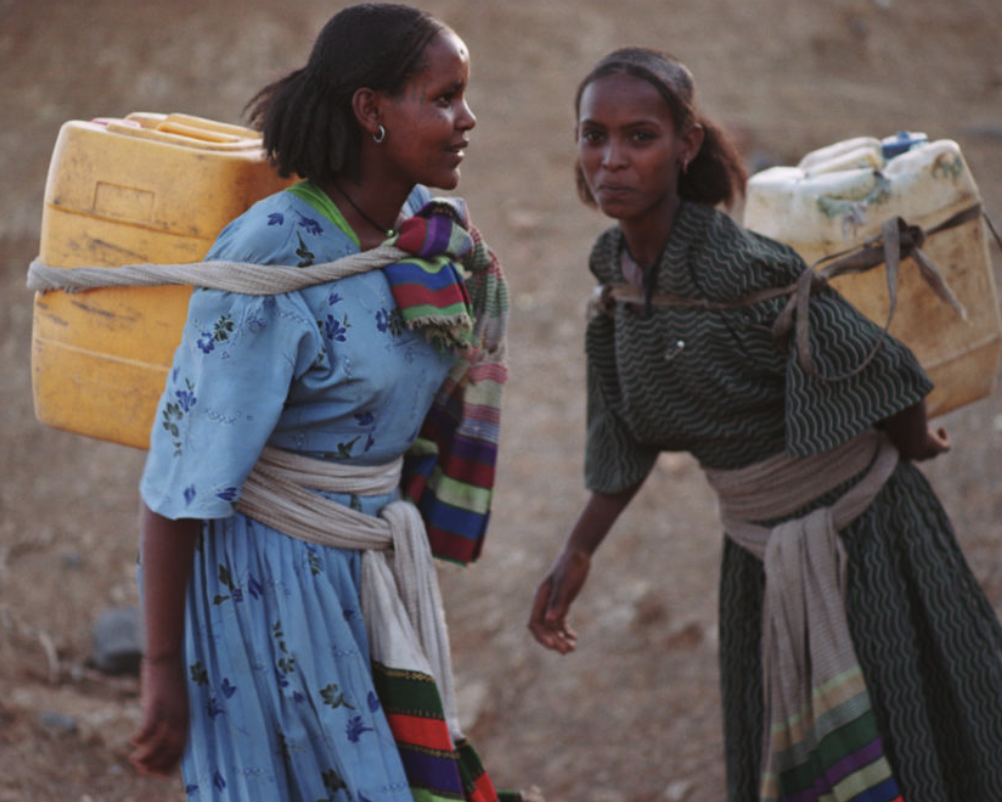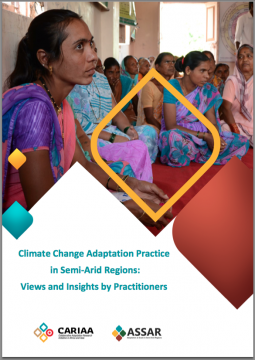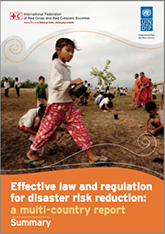practitioners
Gender in climate action training pack: A resource for practitioners
Climate and Develoment Knowledge Brokers (CDKN) has developed a pack of presentations and exercises for facilitators to use in training settings, to help climate and development professionals to integrate gender perspectives into climate projects and programmes.
Wellbeing Surveys
Discover how survey tools can be applied in different geographical and cultural contexts to explore health and wellbeing. This page will introduce a range of external surveys and demonstrate their use in urban environments through SEI case studies.
EGESTABASE Tool
Learn about EGESTABASE, an emerging online platform that aims to comprehensively map scientific evidence on the recovery of nutrients from human excreta and municipal wastewater for reuse in agriculture. The online platform helps you discover different innovative approaches and studies that exist, and use this evidence to inform decision-making processes.
WASH Flows Tool
Explore this analytical tool aiming to combine both watershed management and water, sanitation and hygiene goals into a single planning process, encompassing all water supply sources.
Empowerment in WASH Index Tool
Learn about EWI: a pragmatic survey-based tool made to measure, monitor and carry out diagnostics of water, sanitation, and hygiene-related interventions, allowing for inclusive and equitable outcomes.
Report based on survey: Climate Change Adaptation Practice in Semi-Arid Regions – Views and Insights by Practitioners
The Research into Use (RiU) element of the research project Adaptation at Scale in Semi- Arid Regions (ASSAR) aims to ensure that ASSAR’s research outputs and findings are taken-up in adaptation practice and policy spheres across semi-arid regions.
Effective Law & Regulation for Disaster Risk Reduction
Understanding user needs is essential to delivering a climate service that enables the appropriate use of climate information in decision-making. This includes understanding what sources of data and information are trusted by the users.
The resources below provide examples of and guidance, tools and methods for exploring user's (climate and non-climate) data and information needs.
Questions to consider in this step include:
What are users’ detailed (climate and non-climate) data and information needs (e.g. particular parameters, scales etc.) for risk and vulnerability assessments and identifying, appraising and evaluating adaptation options?
What decision support method(s) are suitable for the appraisal and evaluation of adaptation options? What data and information needs are required for these methods? (linked to Step 6)
What existing data and information is available, and are these trusted sources? Which actors hold this data and information (linked to Step 4)?
